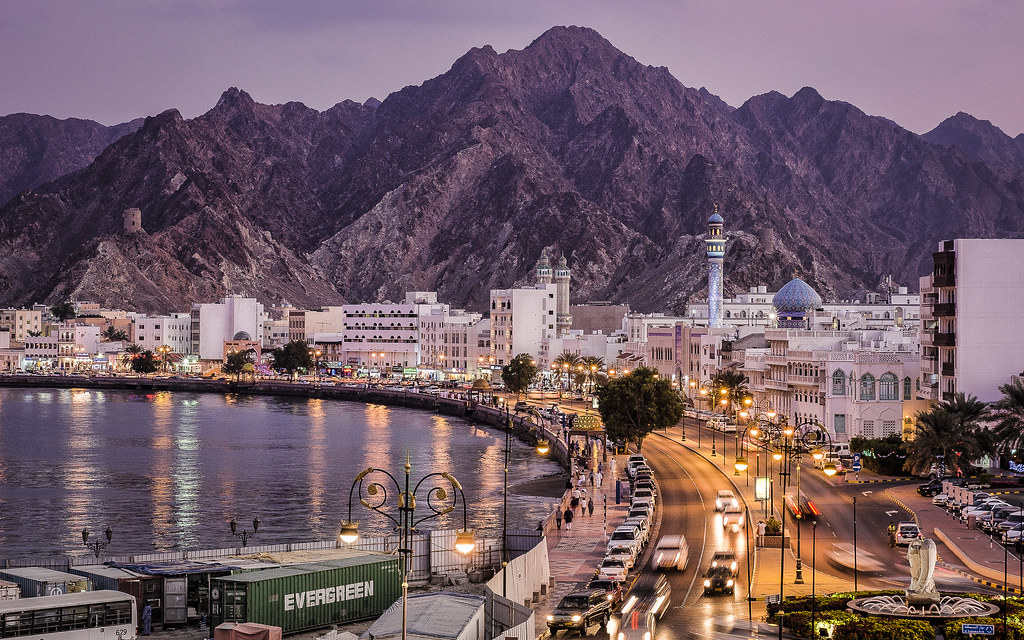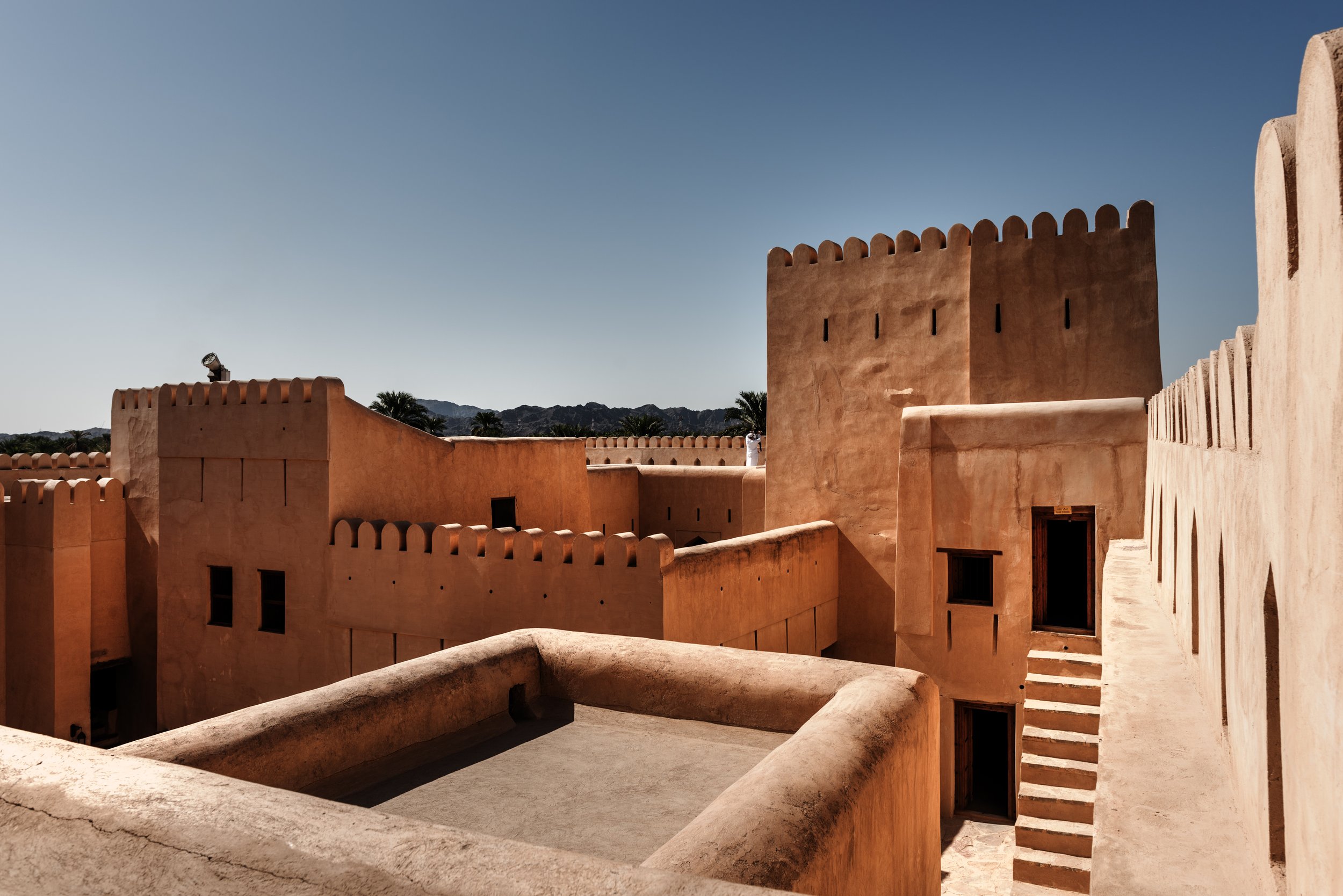Best Time to Visit Oman: Weather, Seasons & Travel Tips

Choosing the optimal time to visit Oman significantly impacts your travel experience, with seasonal variations affecting everything from weather conditions and outdoor activity possibilities to accommodation pricing and crowd levels. Understanding Oman's diverse climate patterns across different regions helps you plan the perfect timing for your specific interests and travel style.
This comprehensive seasonal guide provides detailed insights into weather patterns, regional variations, and optimal timing for different activities and destinations throughout Oman, enabling you to maximise your experience while avoiding challenging conditions that could limit your enjoyment.
Understanding Oman's Climate Zones
**Northern Oman: Desert and Mountain Climate**
Northern Oman, including Muscat, Nizwa, and the Hajar Mountains, experiences a hot desert climate with significant seasonal variations and notable differences between coastal, inland, and mountain areas.
Coastal areas including Muscat enjoy moderate temperatures during winter months (November-March) with pleasant conditions for sightseeing and outdoor activities. Summer months (May-September) bring intense heat and humidity that can be challenging for outdoor activities.
Inland areas including Nizwa and the interior experience more extreme temperature variations, with cooler winter nights and intensely hot summer days. The lack of coastal moderation creates more pronounced seasonal differences.
Mountain regions including Jebel Akhdar and Jebel Shams offer cooler temperatures year-round, with winter conditions sometimes requiring warm clothing and summer providing welcome relief from lowland heat.
**Southern Oman: Monsoon Influence**
Southern Oman, particularly the Dhofar region around Salalah, experiences unique climate patterns influenced by the Indian Ocean monsoon system that creates dramatically different conditions from the rest of the country.
The Khareef monsoon season (June-September) brings moisture and cooler temperatures to southern Oman, creating lush green landscapes and comfortable conditions that contrast sharply with the intense heat experienced in northern regions during the same period.
Winter months (November-March) in southern Oman offer pleasant, dry conditions with comfortable temperatures for outdoor activities and sightseeing, though without the dramatic green transformation of monsoon season.
Spring and autumn provide transitional conditions with moderate temperatures and minimal rainfall, offering good conditions for travel though without the unique attractions of either peak season.
Seasonal Breakdown and Optimal Timing
**Winter Season (November-March): Peak Travel Time**
Winter represents the optimal time for visiting most of Oman, with comfortable temperatures, minimal rainfall, and excellent conditions for outdoor activities and sightseeing throughout the country.
**November-December: Ideal Conditions Begin**
November marks the beginning of Oman's peak travel season, with temperatures dropping to comfortable levels after the intense summer heat. This period offers excellent conditions for all activities while avoiding peak season crowds and pricing.
Daytime temperatures range from 25-30°C (77-86°F) in coastal areas, making outdoor activities comfortable throughout the day. Evening temperatures drop to pleasant levels perfect for dining and cultural activities.
Mountain areas experience cooler conditions with daytime temperatures around 20-25°C (68-77°F) and nighttime temperatures that may require light jackets or sweaters.
This period offers excellent value with lower accommodation prices than peak season while providing optimal weather conditions for comprehensive exploration.
**January-February: Peak Season Excellence**
January and February represent Oman's peak travel season, with perfect weather conditions, minimal rainfall, and ideal temperatures for all activities and destinations.
Daytime temperatures range from 22-27°C (72-81°F) in coastal areas, providing perfect conditions for sightseeing, outdoor activities, and beach enjoyment without excessive heat.
Mountain areas offer crisp, clear conditions with daytime temperatures around 18-23°C (64-73°F) and cool evenings that may require warm clothing.
Desert areas provide ideal conditions for camping, camel trekking, and desert exploration, with comfortable daytime temperatures and cool, clear nights perfect for stargazing.
This peak season brings higher accommodation prices and larger crowds at popular attractions, requiring advance booking and higher budgets.
**March: Excellent Conditions Continue**
March extends the excellent weather conditions while beginning the transition toward warmer temperatures. This month offers optimal conditions with slightly fewer crowds than peak season.
Temperatures begin rising but remain comfortable for most activities, with daytime temperatures reaching 27-32°C (81-90°F) in coastal areas.
Mountain areas maintain pleasant conditions with comfortable temperatures for hiking and outdoor activities, though warming trends become noticeable.
This period offers good value with peak season amenities and services while avoiding the highest prices and largest crowds of January-February.
**Spring Season (April-May): Warming Transition**
Spring provides a transition period with warming temperatures that remain manageable for most activities while offering good value and fewer crowds than peak season.
**April: Pleasant but Warming**
April offers generally pleasant conditions with warming temperatures that begin to limit midday outdoor activities in some areas.
Coastal temperatures range from 28-35°C (82-95°F), making early morning and evening activities most comfortable while midday heat becomes noticeable.
Mountain areas maintain comfortable conditions with temperatures around 25-30°C (77-86°F), making this an excellent time for mountain exploration and hiking.
Desert areas begin experiencing warmer conditions that may limit midday activities, though early morning and evening remain pleasant for desert experiences.
**May: Increasing Heat**
May marks the beginning of challenging conditions in many areas, with rising temperatures and humidity making outdoor activities increasingly difficult during midday hours.
Coastal areas experience temperatures reaching 35-40°C (95-104°F) with increasing humidity that makes conditions uncomfortable for extended outdoor activities.
Mountain areas remain more comfortable with temperatures around 30-35°C (86-95°F), making them preferred destinations during this transitional period.
This period offers good value for budget-conscious travellers willing to adapt activities to avoid peak heat periods.
**Summer Season (June-September): Regional Variations**
Summer brings extreme heat to northern Oman while creating unique opportunities in southern regions, requiring careful planning and regional considerations.
**Northern Oman Summer Challenges**
Northern Oman experiences intense heat during summer months, with temperatures often exceeding 40°C (104°F) and high humidity making outdoor activities extremely challenging.
Coastal areas including Muscat experience temperatures reaching 45°C (113°F) with high humidity creating heat index values that can be dangerous for outdoor activities.
Mountain areas provide some relief with temperatures around 35-40°C (95-104°F), making them relatively more comfortable than coastal and desert regions.
Indoor activities, air-conditioned transportation, and early morning or late evening outdoor activities become essential for comfortable travel during this period.
**Southern Oman Khareef Season**
Southern Oman's Khareef monsoon season (June-September) creates unique travel opportunities with cooler temperatures, lush landscapes, and cultural festivals that attract visitors from throughout the region.
Salalah and surrounding areas experience temperatures around 25-30°C (77-86°F) with occasional rainfall and misty conditions that create dramatically different landscapes.
The monsoon brings green vegetation, temporary waterfalls, and cooler conditions that provide welcome relief from typical Middle Eastern summer heat.
Cultural festivals and events during Khareef season celebrate this unique natural phenomenon while providing authentic cultural experiences.
**Autumn Season (October): Transition Period**
October represents a transitional period with gradually improving conditions as temperatures begin dropping from summer extremes.
Early October may still experience challenging heat, particularly in inland areas, while late October begins showing the temperature improvements that make winter travel so appealing.
This period offers good value for flexible travellers willing to monitor weather conditions and adapt plans based on actual temperatures and conditions.
Regional Timing Considerations
**Muscat and Northern Coast**
The capital region offers excellent conditions during winter months (November-March) with comfortable temperatures for city exploration, cultural activities, and coastal enjoyment.
Summer months require careful planning with indoor activities during peak heat periods and outdoor activities limited to early morning and evening hours.
Spring and autumn provide transitional conditions that may be suitable for budget-conscious travellers willing to adapt to warming or cooling conditions.
**Mountain Regions (Jebel Akhdar, Jebel Shams)**
Mountain areas offer the most comfortable conditions during summer months when lowland areas become extremely hot, making them preferred destinations during challenging periods.
Winter months provide excellent conditions for hiking and outdoor activities, though nighttime temperatures may require warm clothing.
Rose season (April-May) in Jebel Akhdar creates special attractions that may justify visiting during warming conditions to experience this unique natural phenomenon.
**Desert Areas (Wahiba Sands)**
Desert regions offer optimal conditions during winter months with comfortable temperatures for camping, camel trekking, and desert exploration.
Summer months make desert activities extremely challenging and potentially dangerous due to extreme heat and lack of shade or cooling options.
Spring and autumn may provide acceptable conditions for experienced desert travellers willing to adapt activities to temperature constraints.
**Southern Oman (Salalah, Dhofar)**
Southern regions offer two distinct optimal periods: winter months for dry, pleasant conditions and Khareef season for unique monsoon experiences.
Khareef season (June-September) provides cooler temperatures and lush landscapes that create completely different experiences from typical Middle Eastern destinations.
Winter months offer excellent conditions for beach activities, cultural exploration, and outdoor adventures without monsoon moisture and occasional rainfall.
Activity-Specific Timing
**Outdoor Adventures and Hiking**
Mountain hiking and outdoor adventures are optimal during winter months (November-March) when temperatures allow comfortable all-day activities.
Desert adventures including camping and camel trekking require winter timing for safe and comfortable experiences.
Water activities including swimming and snorkelling are excellent during winter months, though water temperatures remain comfortable year-round.
**Cultural and Historical Exploration**
Fort visits and cultural site exploration are most comfortable during winter months when outdoor walking and sightseeing remain pleasant throughout the day.
Traditional market visits and cultural activities can be enjoyed year-round with appropriate timing to avoid peak heat periods during warmer months.
**Photography and Sightseeing**
Landscape photography benefits from winter months when clear skies and comfortable conditions allow extended outdoor sessions.
Khareef season in southern Oman provides unique photographic opportunities with lush landscapes and dramatic weather conditions.
**Beach and Water Activities**
Beach activities are optimal during winter months when air temperatures make beach time comfortable while water temperatures remain pleasant.
Diving and snorkelling conditions are excellent year-round, though surface intervals and boat activities are most comfortable during cooler months.
Practical Planning Considerations
**Accommodation and Pricing**
Peak season (December-February) brings highest accommodation prices and requires advance booking for popular destinations and luxury properties.
Shoulder seasons (November, March) offer good value with excellent conditions while avoiding peak pricing and crowds.
Summer months provide significant savings for budget-conscious travellers willing to adapt to challenging conditions and limited outdoor activities.
**Crowd Levels and Tourist Seasons**
Winter months bring the largest crowds to popular attractions, requiring advance planning and early arrival at popular sites.
Summer months offer fewer crowds and more authentic local experiences, though with significant comfort compromises.
Khareef season in southern Oman attracts regional visitors, creating busy conditions in Salalah while northern areas remain less crowded.
**Transportation and Logistics**
Flight prices typically peak during winter months, requiring advance booking for best prices and availability.
Car rental demand increases during peak season, making advance reservations essential for preferred vehicle types and competitive pricing.
Road conditions are optimal during dry winter months, while summer heat can affect vehicle performance and comfort.
Understanding Oman's seasonal patterns and regional variations enables optimal timing for your specific interests and travel style. Whether seeking perfect weather conditions, unique seasonal phenomena, or budget-friendly opportunities, careful timing enhances your Omani experience while ensuring comfort and safety throughout your journey.
The investment in proper timing pays dividends in comfort, activity possibilities, and overall enjoyment while helping you experience the best of what this magnificent destination offers during optimal conditions for your preferred activities and experiences.
---
*Ready to time your Oman adventure perfectly? Understanding these seasonal patterns and regional variations will help you choose the optimal timing for experiencing the best of this magnificent Arabian destination.*
Ready to Apply?
Start your Oman eVisa application today with our simple, secure online process.
Apply Now